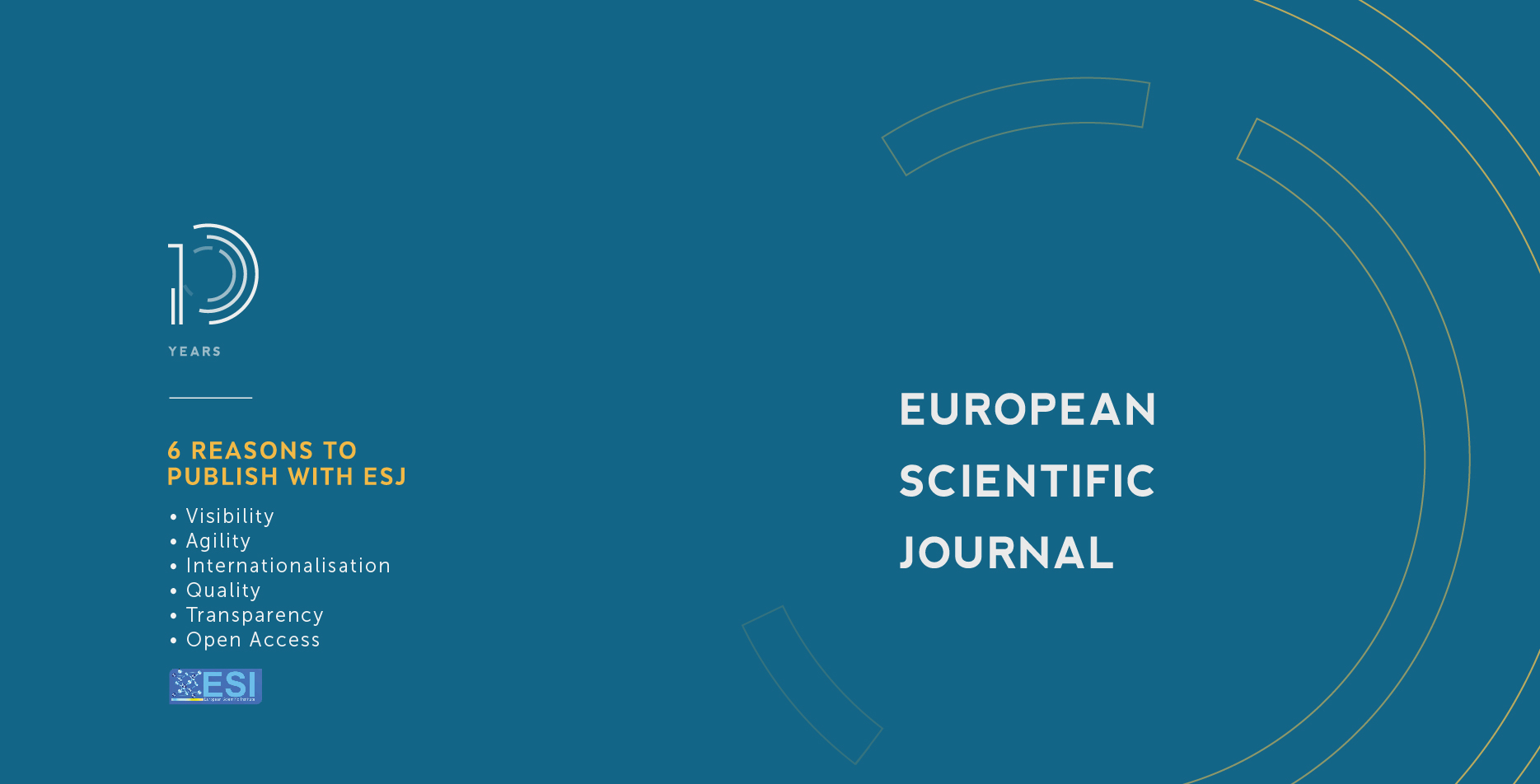Use Of Altmetric And Bibliometric Indicators To Measure Scientific Productivity In The Fields Of Life And Earth Sciences: Case Study From Haiti
Abstract
The objective of this study was to carry out, based on certain bibliometric and altimetric indicators, a summary assessment of the scientific productivity of Quisqueya University’s researchers in 3 specific fields: agronomy, the environment and health. An experimental framework was designed and implemented based on the quantitative information available on the academic social network ResearchGate, and on SCOPUS and Google scholar, out of a total of 12,731 citations enumerated for Quisqueya University as of December 31, 2020, 19% were for the environment, 19.3% were for health, 59.9% for agronomy and 1.8% for other sectors. All the sectors recorded a significant increase for the RG score altmetric indicator and for the two bibliometric indicators: number of citations and H-index. The data collected were analyzed using XLSTAT and R software. The Kolmogorov-Smirnov normality test was applied for each of the indicators. Pearson's rank correlation was used to calculate the correlations between the altmetric indicator (RG-Score) from ResearchGate and the bibliometric indicators (citation and H-index) from Google Scholar and Scopus. A significant positive correlation of α = 0.918 was observed between the number of citations on ResearchGate and on Google Scholar. a result in the same direction (α = 0.991) is also observed between the number of citations on ResearchGate and on Scopus. These correlations allow us to conclude that the work of these researchers was cited in publications published in journals referenced in the Web of Science by a rate exceeding 90%.
Downloads
Metrics
PlumX Statistics
Copyright (c) 2021 Jasmine Césars, Magline Alexis, Evens Emmanuel

This work is licensed under a Creative Commons Attribution-NonCommercial-NoDerivatives 4.0 International License.








